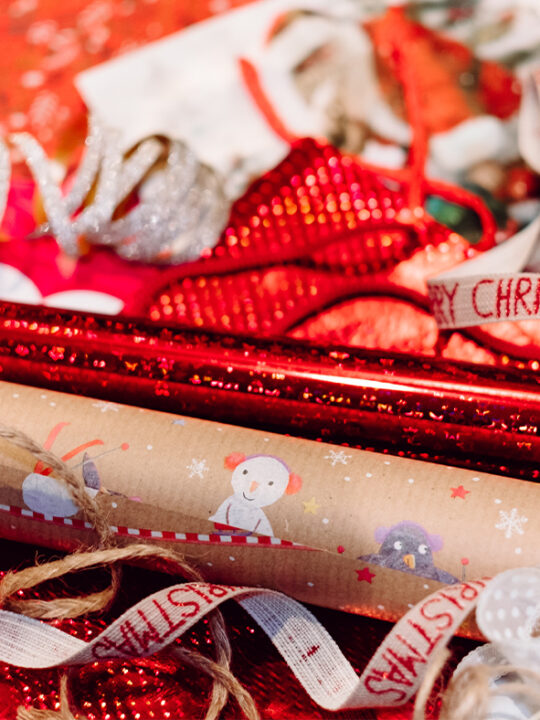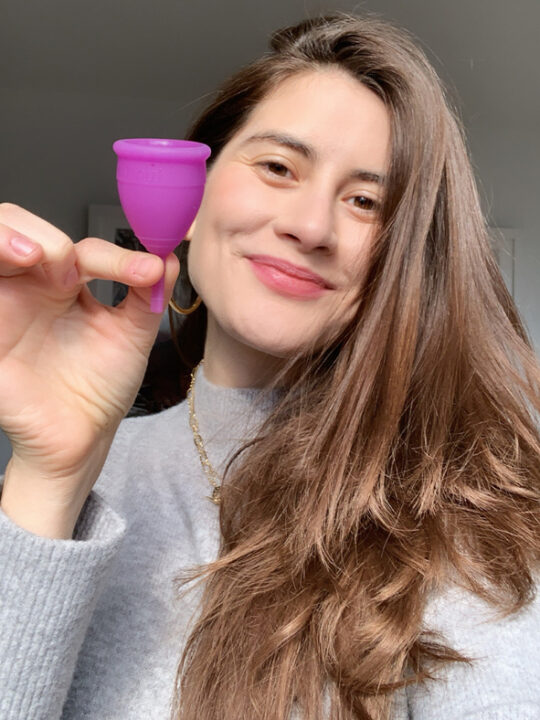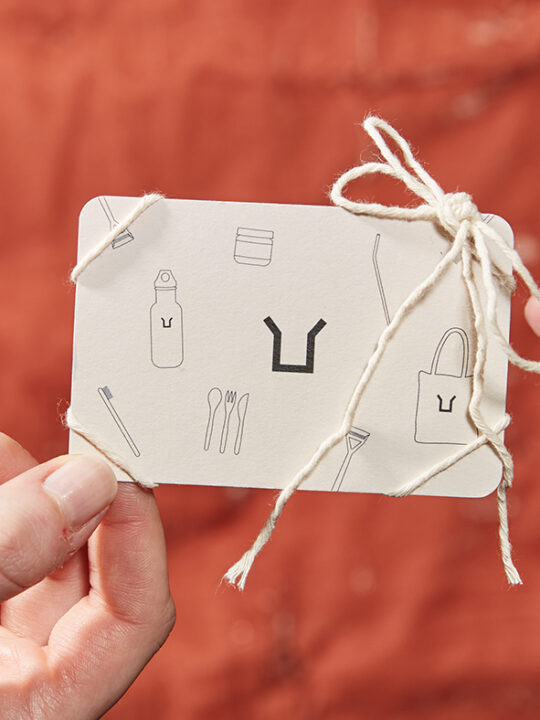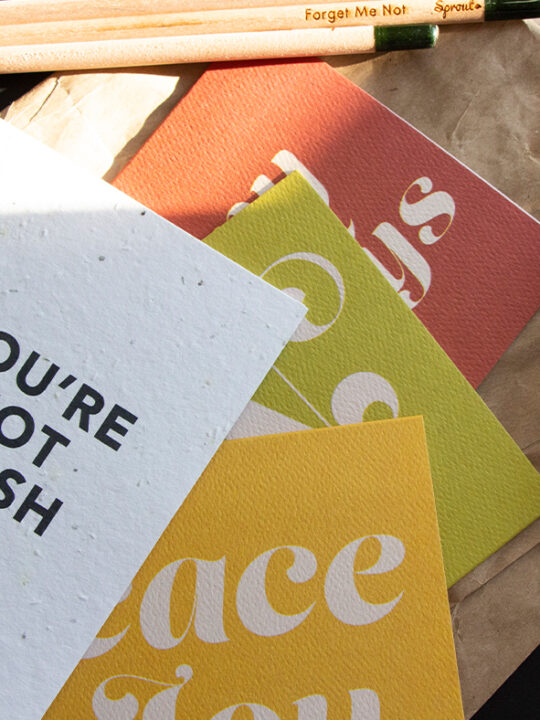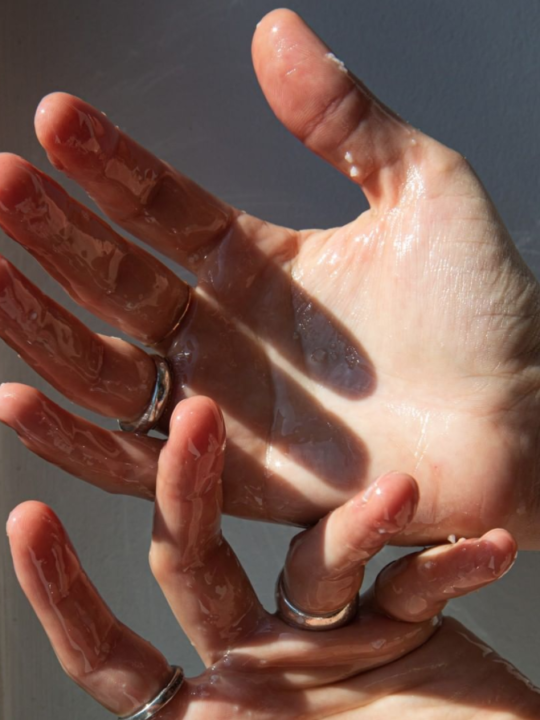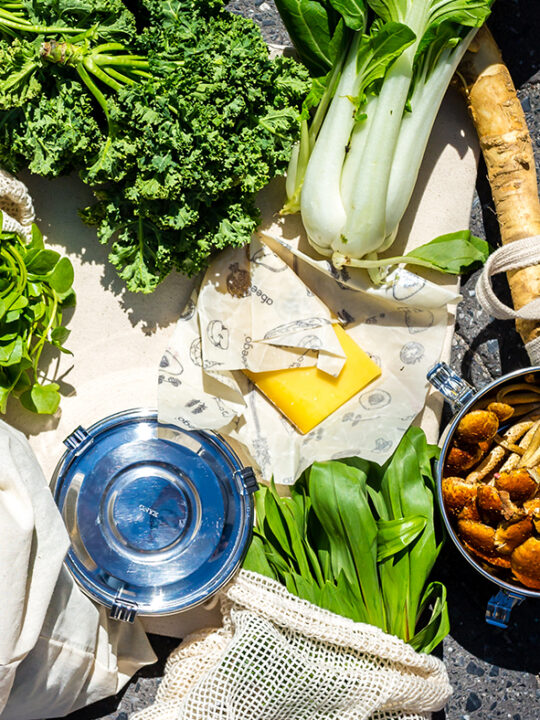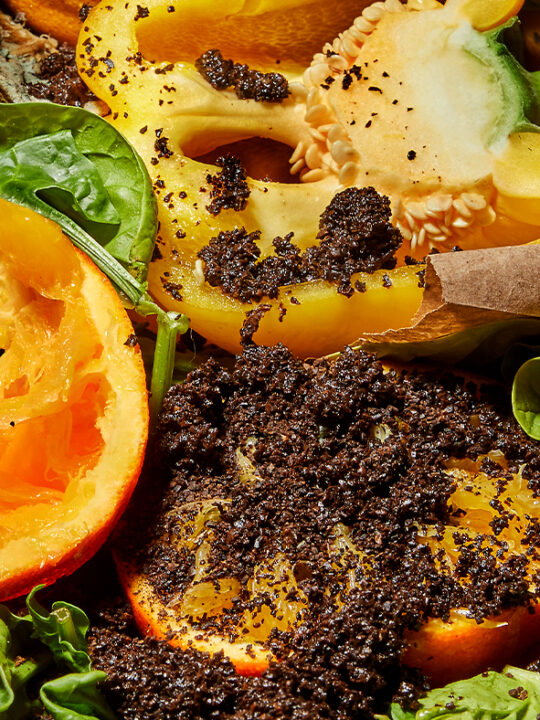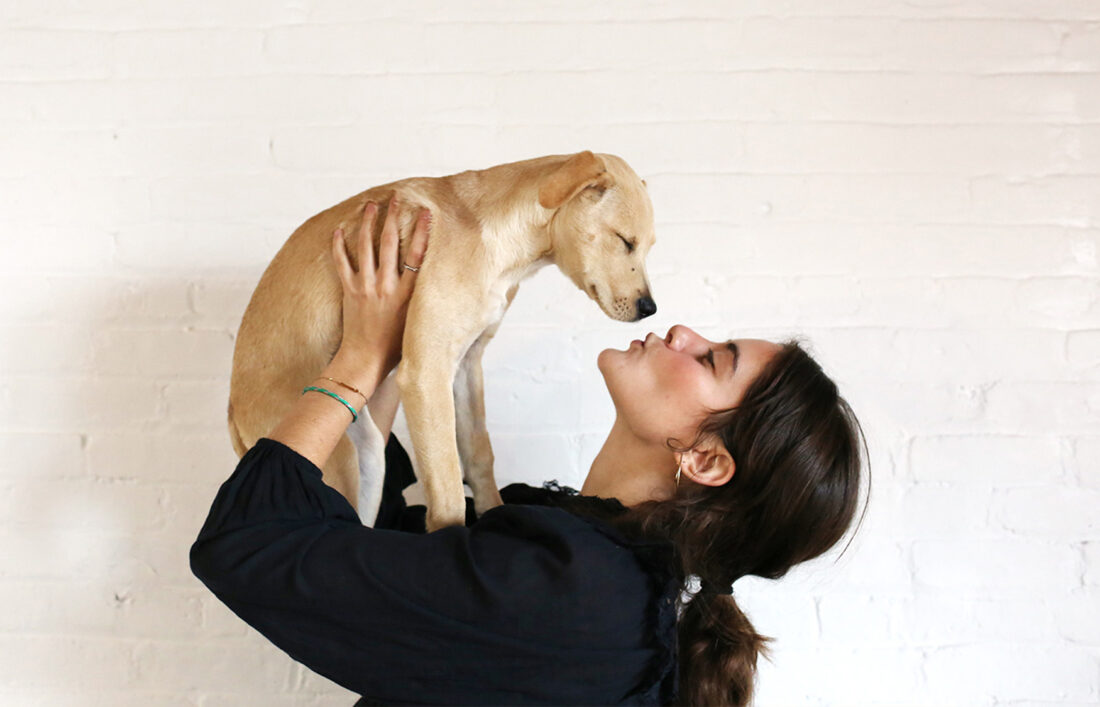
Have you ever considered the environmental pawprint of your furry friend?
I adopted my dog Rose two years ago from Safe and Sound Satos—an organization that rescues abandoned street dogs from Puerto Rico—and it was easily the best decision that I have ever made for myself. But when I first got her, I did make me step back and think – can I still be sustainable AND a dog owner? The short answer: yes!
It took some time and research to find waste-free solutions for Rose, but I’m happy to report that there are many ways to continue living a low waste lifestyle with a pup by your side.
Here are some of my favorite tips and tricks for being a sustainable dog parent:
[Disclaimer: I am not a veterinarian. Please consult your vet before making any changes in your pet’s diet or lifestyle to confirm that they are appropriate for your companion.]
Waste
The fact is pets poop, and they poop a lot. I shih tzu not, in the U.S. alone, dogs produce 10 million tons of waste a year—which can have a large environmental impact. So how do you responsibly pick up after your pet’s waste, without making any waste?
Dog poop can naturally decompose, but since pet waste can contain E. coli., toxoplasma, and other pathogens, and it can easily spread bacteria when left behind, or worse, leak contaminants into nearby water sources after it rains so it’s suggested to clean up after your pets.
Here are some sustainable ways to do so:
- Flush it: It may seem strange, but since most water treatment facilities can handle pet waste, the E.P.A recommends flushing and suggests that it’s the most environmentally-friendly thing to do. This is where compostable poop bags or the Pet Poop Scooper (yes, this is really what it’s called) at Package Free can come in handy. It’s pretty self-explanatory, but you’ll scoop up the poop and then flush it when you get home. The scooper itself is made of recycled cardboard that decomposes after use, so it can be composted in a backyard compost or with certain industrial compost facilities and the poop bags can be put into industrial composting. Which leads me to the next point…
1882047381573 - Compost it: Some industrial composting facilities do accept dog waste. If you’re using a composting service, check with them to see if they accept pet waste. And there are also more and more public dog parks that now encourage composting and have drop off bins on-site! To see if there are any parks doing this in your area, do a quick Google search. It’s pretty pawsome.
Dog poop can also be composted in a backyard compost (if you have space). Because of potential pathogens in dog waste, it’s important to research this option thoroughly before you do it, and if you do, make sure that your pet compost is far far away from your organics compost. Doggie Dooley is a great resource for more information on this! - Landfill: If you have to throw it away in the regular trash, opt for compostable dog waste pick up bags like the ones we have at Package Free. Plastic waste baggies last furever in a landfill and use oil to make plastic. So even though you are still throwing out a bag, the manufacturing supply chain is not as detrimental if it is a plastic free bag.
1995386519649
Treats & Food
Most dog treats and biscuits come packaged in plastic. Instead, I make my own following my friend, Gabriella’s recipe. The cookies are package free, use only four ingredients (humans can eat them too!), and most importantly, they are puppy approved! Check out that recipe here.
I also make the majority of Rose’s dog food. I know what you’re thinking, “Lauren I don’t have time to make all of this food”, but trust me, it doesn’t take much time at all, plus her and I eat a lot of the same things, and it gives me peace of mind knowing that she’s not eating wacky ingredients or preservatives. I’ll use an online recipe calculator like balenceit.com and usually incorporate my leftovers vegetable and rice. She always loves it and it also helps me cut down on my food waste!
If you prefer to buy premade food, I suggest looking for Organic, canned food (I like Weruva or Organix), and make sure to properly clean and recycle the cans after use. But if bagged food is what is most accessible to you, opt for buying the largest quantity possible. That way, you’ll throw away fewer, small packages of dog food.
Toys
Puppy playtime doesn’t have to pounce on the planet.
Most conventional dog toys are made of plastic, and they’re usually packaged in even more plastic when you buy them. These will, unfortunately, end up in a landfill once they’ve been chewed the bits, where they’ll never decompose. And if your pup is prone to rambunctiously ripping toys apart, it increases the likelihood that small plastics will make their way into the natural environment (learn more on plastic pollution here).
Instead, look for toys that are made of natural materials, like bone, wool, hemp, wood, rubber, or Organic cotton. Secondhand dog toys are also great, just remember to wash them before use! And if you have some old 100% cotton tee shirts kicking around, you can DIY a tug of war toy by knotting it up, and then you can compost it after use.
If you have a tough chewer, toys made from recycled materials, like rubber, are great durable options (just make sure that they are BPA-free and non-toxic!) The Rubber Wheel Dog Toy we have from Package Free is made from recycled inner tubes from bicycles, and they can be composted in industrial composting at the end of use.
Care Products
Pet care products are often littered (pun intended) with questionable chemicals, dyes, and parabens, which pollute the environment and may not be the safest for our furry friends. Always look for non-toxic, Organic shampoos, soaps, and other puppy care products.
Psst. Don’t be fooled by clever marketing. Lots of dog products label themselves as “all-natural”—when they’re not. Look out for USDA certified Organic products, with ingredients that you can pronounce. I like to use the Dog Shampoo Bar from Package Free because it has no plastic packaging, it cleans well, it has natural anti-inflammatory and antimicrobial properties, helps repel fleas and ticks, and it smells amazing.
And if Rose ever has sore, dry, or cracked paws, I use the Paw Salve which is antifungal, antibacterial, anti-itch, and soothing.
With these tips, I’m pawsitive that you’ll be able to continue living your values as a dog owner. What has helped you continue to live sustainably with a furry friend or fur baby? I’d love to know your tips, tricks, and favorite products in the comments!




